(Last updated on 13/10/2025)
The town of Aliseda, located in Tajo-Salor-Almonte within a natural protected area, makes up for a nice half-day trip from Cáceres, with several interesting things to see and do including a guided tour to a local mine.
This article offers a general overview, practical info and my personal thoughts and impressions about visiting Mina Pastora.
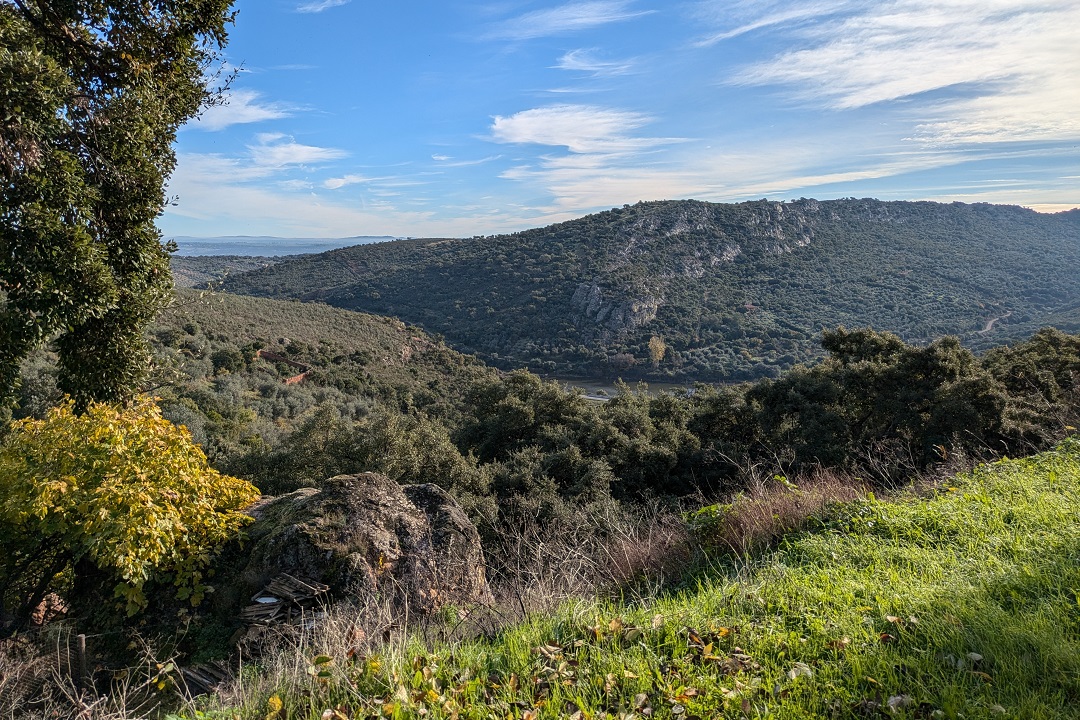
Mina Pastora, dating to the seventh-sixth centuries BCE, is a three-level iron ore mine located to the south of Aliseda, by the Sierra del Aljibe – part of the larger Sierra de San Pedro, where remains of an old double walled settlement have been found.
The minerals extracted from Mina Pastora were goethite, haematite, and limonite. Due to the low quality of the extracted mineral, the mine only worked from 1910 to 1918 and from 1954 to 1958. Only men and boys worked in the mine. Women were in charge of cleaning and selecting the material in the esplanade outside the mine, before trucks transported the iron ore to the local train station (now abandoned), and from there it was taken all the way up to Bilbao.
Visiting Mina Pastora
The mine is open all year round and can be visited every day of the week, weather permitting (no rain). Visits are only available as a guided tour (in Spanish, so far), which you need to book in advance by email, phone call or WhatsApp.
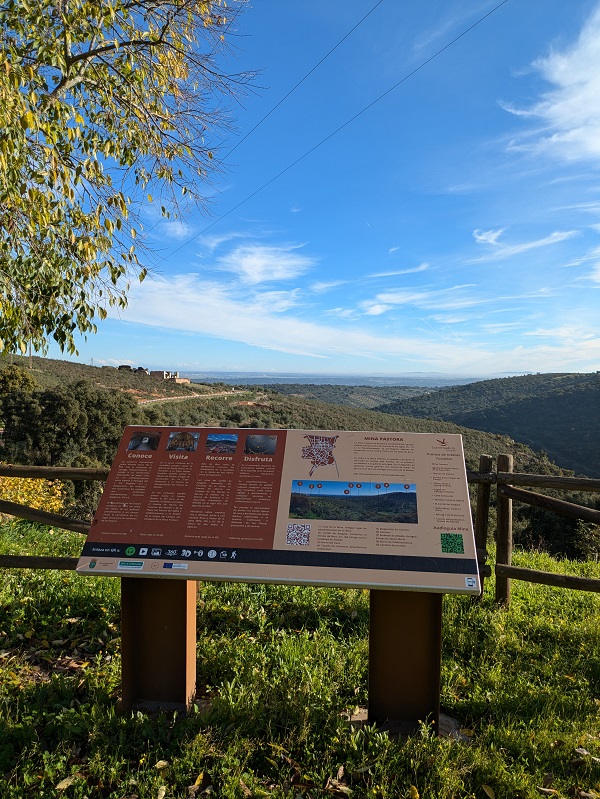
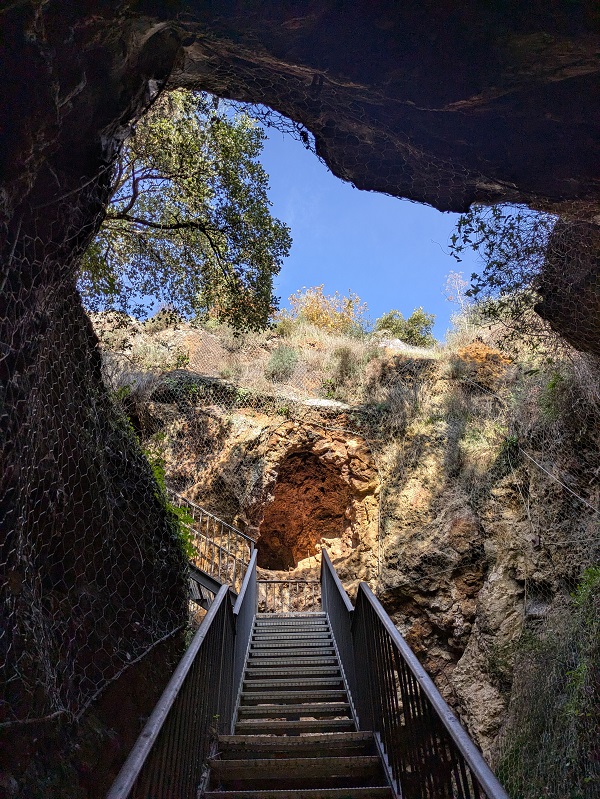
Practical info
Opening times: from Tuesday to Sunday from 10am to 2pm.
Guided tours: (from October to May) two daily tours available at 10am and 12pm, except on weekends in October-December, when there’s only one daily tour; (from June to September) two daily tours available at 9am and 10.30am.
Entry fee: the standard adult fee for an adult is €5. If you’re visiting both the mine and the local treasure interpretation centre, the combined fee applicable is €8. Cash payments only, to be made at the end of the tour.
Bookings: visits must be booked in advance. Confirm availability and book the guided tour by sending an email to the local tourist office to [email protected], or by calling (or texting via WhatsApp) +34 606 306 281.
Parking: free on-site parking at the entrance of the mine.
Oficina de Turismo contact details: the local tourist office is located in Calle Gabriel y Galán, 8A, Aliseda, in the same building housing the treasure interpretation museum. Opening times: (from October to May) from Tuesday to Saturday from 10am to 2pm and from 4pm to 6pm, Sundays from 10am to 2pm; (from June to September) from Tuesday to Saturday from 10am to 2pm and from 5pm to 7pm, Sundays from 10am to 2pm.
Location of Mina Pastora and how to get there
Located in a remote corner of Campiña Sur bordering Andalucía, Mina La Jayona is not your easy-to-get-to quick stop. Fuente del Arco (population: 680) is the closest village – a ten-minute drive away. The mine is definitely off the beaten track but 100% worth a detour from wherever your southern Extremadura route takes you. That said, it makes for a good day trip: the drive from Seville takes 1h 45min.

Make sure you follow the signs for the mine and not for the nearby interpretation centre. Until further notice, the interpretation centre is closed to visitors (there are plans to turn it into a museum) and guided tours of the mine start at the entrance of the mine. The guide will meet you at the esplanade outside the mine.
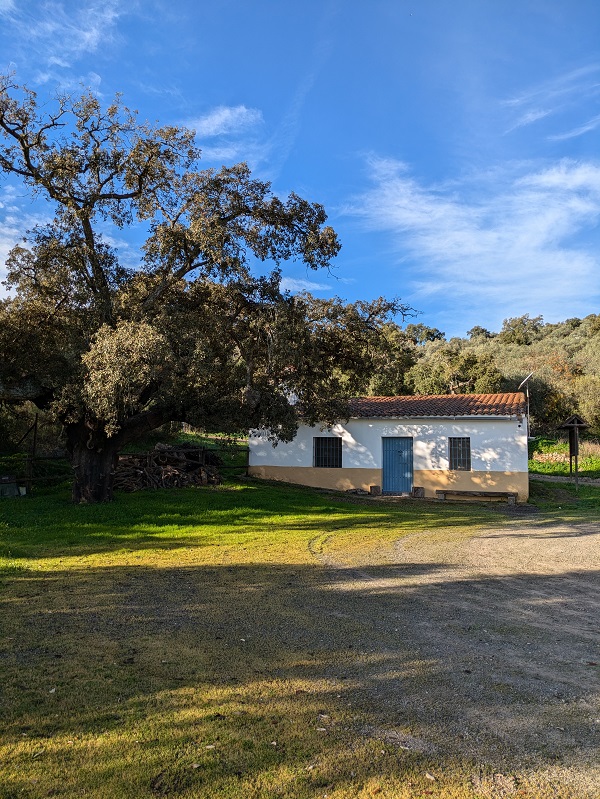
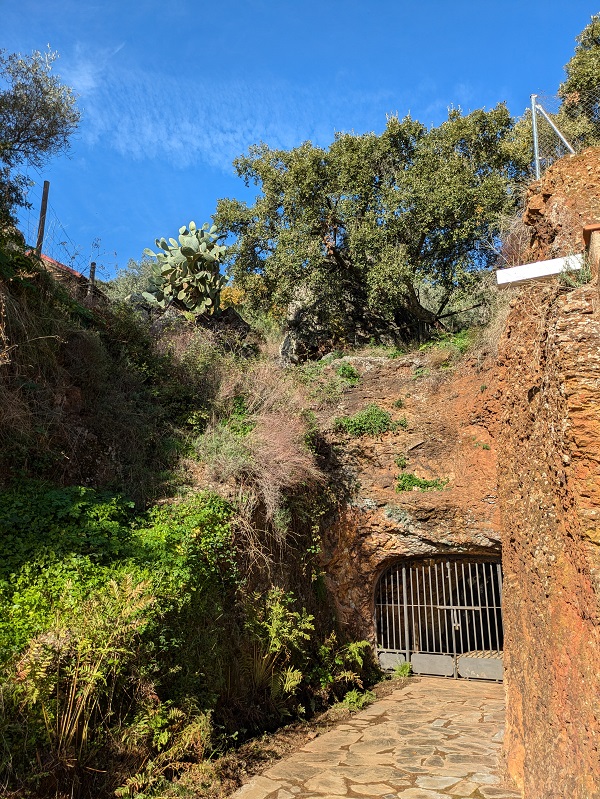
Mina Pastora: highlights
Mine
This mine is neither the largest nor the most spectacular in Extremadura and, due to the constant risk of collapse, only about 15% of the mine can be visited, but it certainly deserves more recognition and visits than it gets. According to the local guide, and application to grant a protected status to the mine is being made, which will help better improve, maintain, recognise and promote the mine in future.
The gallery network is made up of three levels:
Level one has a series of very small (barely 20m-long) galleries. Slate is abundant in this area and was frequently found in the galleries by miners, who often had to leave a significant amount of iron ore in the ceiling, because the risk of collapse was too high to keep extracting.
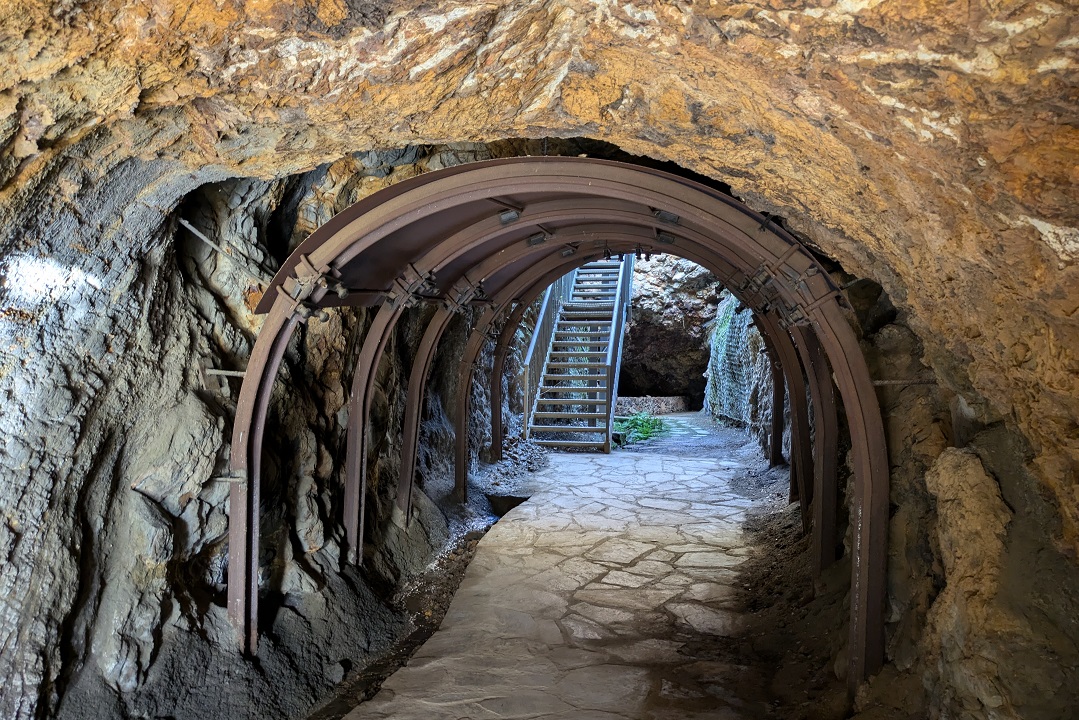
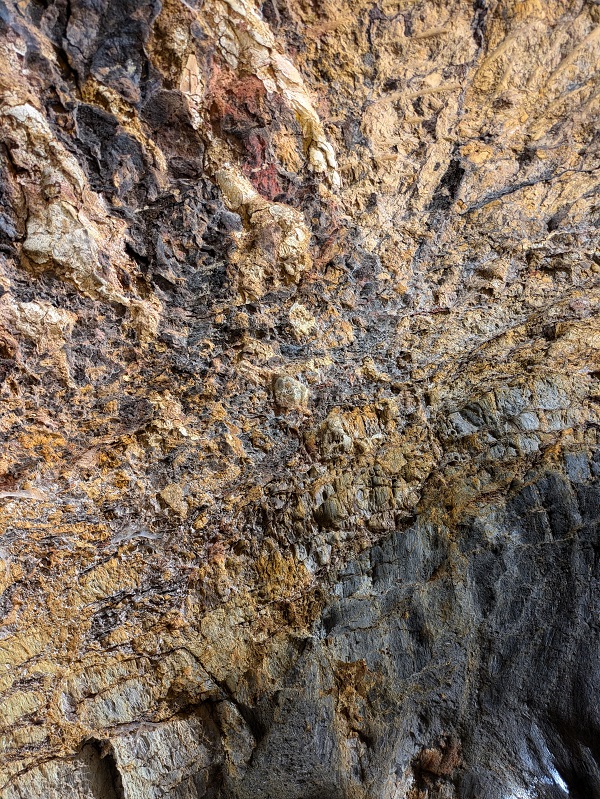
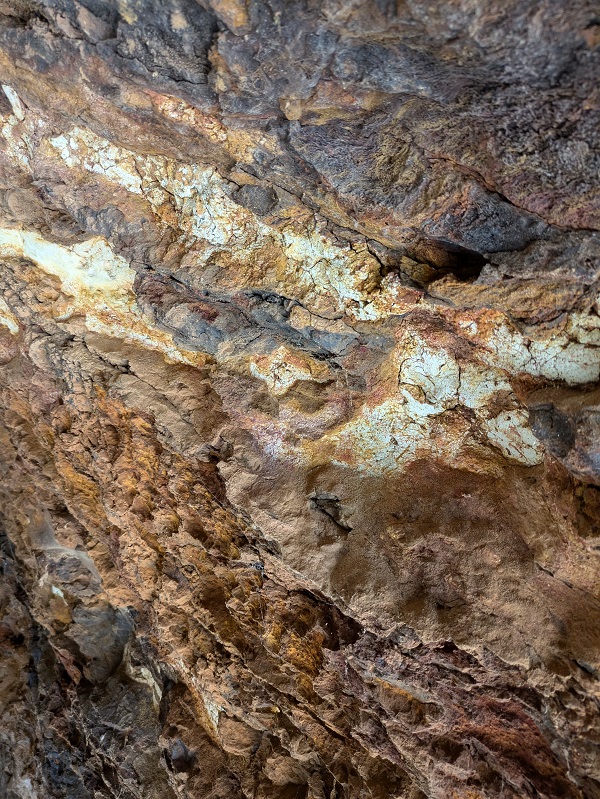
Flora and fauna
Fran, the local guide in charge of our group, is particularly well-versed in the local flora. He took his time to point out at numerous plants along the way, specially along the walk up to level three, explaining their features and the health properties they were used for in the past.
The mine is home to several types of bat, and two types of swallow: the barn swallow, and the European red-rumped swallow.
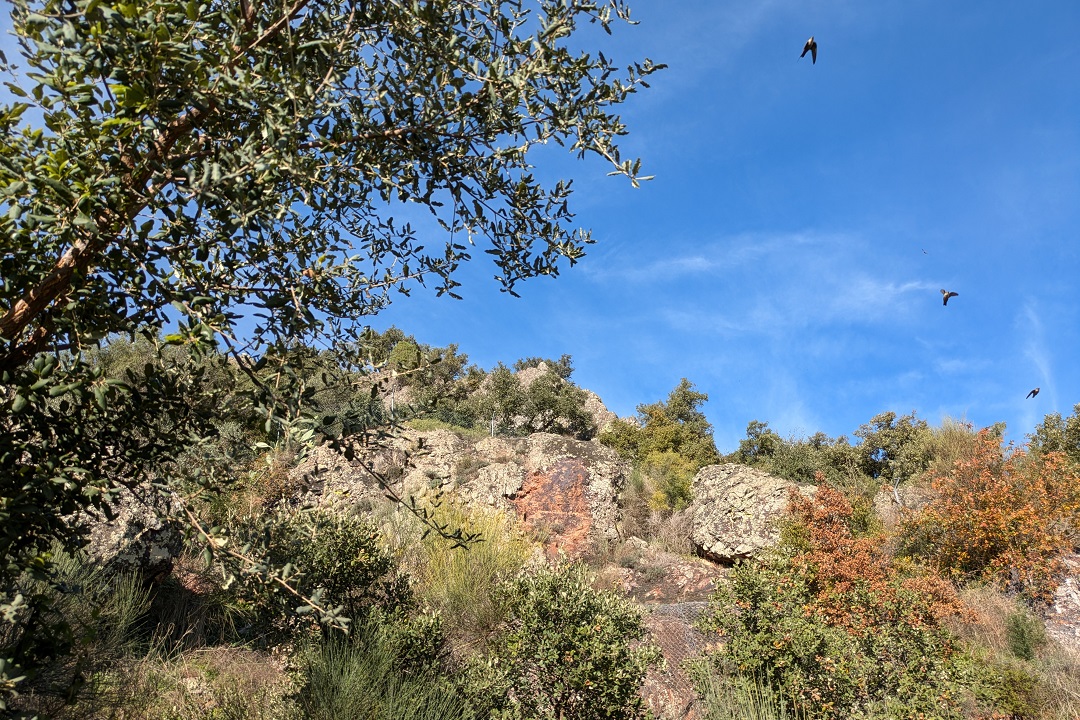
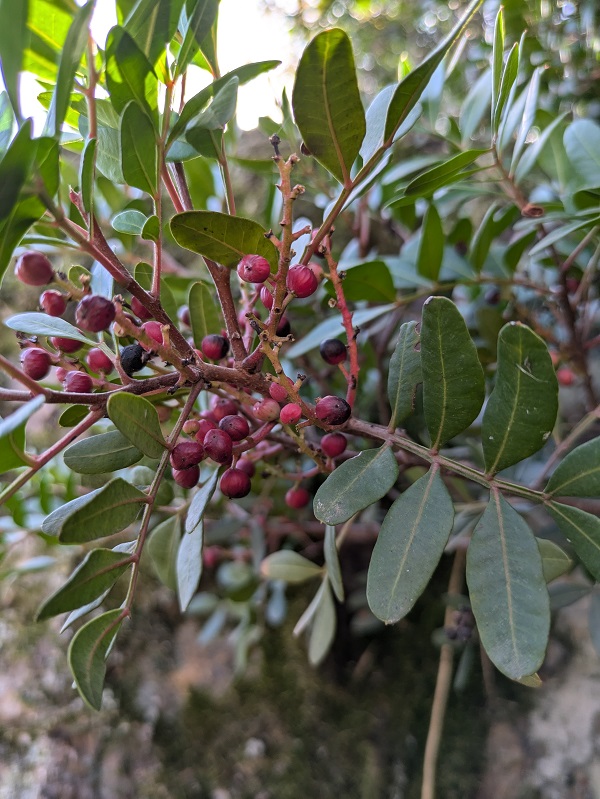
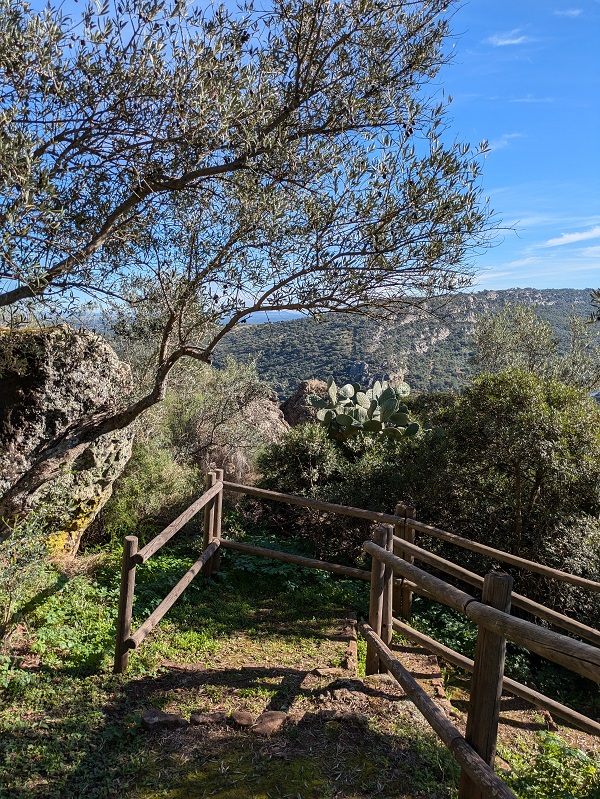
The story about its name
Mina Pastora has had different names throughout the years, including Mina San Ginés, Mina Santa María, and Mina Desconfianza. This last name means ‘Mine Distrust’, a not particularly enticing name, but perhaps a telling one, since, according to a local former miner, there are at least two documented accidents with casualties.
Its current name comes from a woman and is related to the cave up in level three. For many years, a woman named Pastora lived secluded in the cave. In many parts of post-war Spain, smuggling was a common occurrence, and the Sierra de San Pedro was no exception. Pastora is said to be mainly a coffee smuggler, only seen in town on occasion, but known by all. The tour guide showed us a digitised picture of local women outside the mine, including Pastora.
In the fifties, Pastora was forced to leave, since the mine was about to reopen to start extracting minerals again. In her honour, they decided to name the cave after her, and officially register the mine under her name – Mina Pastora.
Other mines in Extremadura you can visit:
- Mina La Jayona, in Fuente del Arco (Badajoz province)
Where to stay in Tajo-Salor-Almonte:
This content is protected by copyright and belongs exclusively to Irene Corchado Resmella. To know exactly what this means, read the 'Copyright' section in the Website terms of use.

Irene Corchado Resmella
Hi! I’m Irene (/ee-REH-neh/). Long since settled in the UK, I explore my Spanish home region of Extremadura with an inquisitive mind, a sharp eye, and the duality that comes with being both a local and a visitor. Then I write about it here to help you discover this beautiful yet overlooked part of Spain. If you have any questions after reading this article, submit a comment below! Read more about me.
